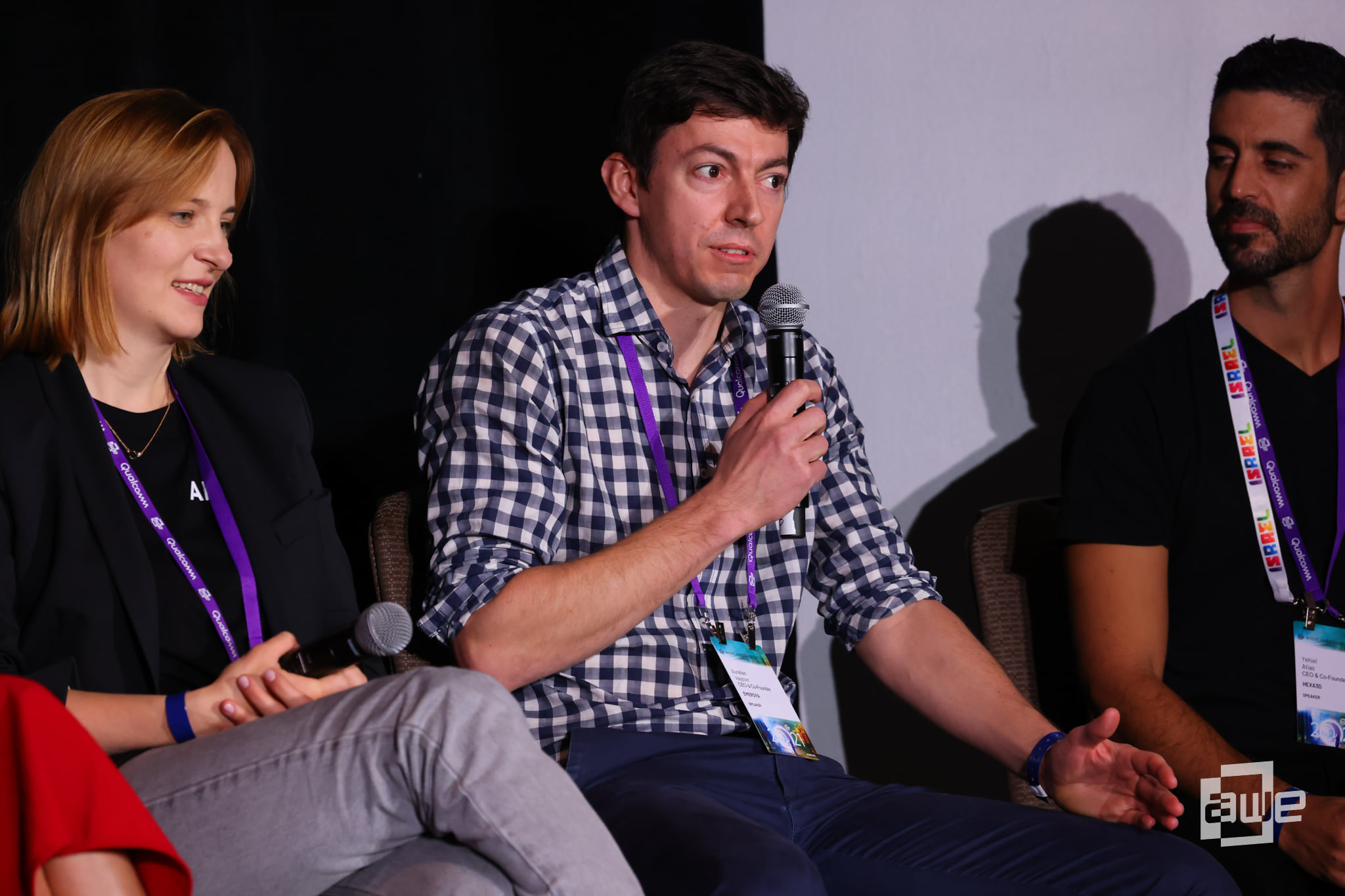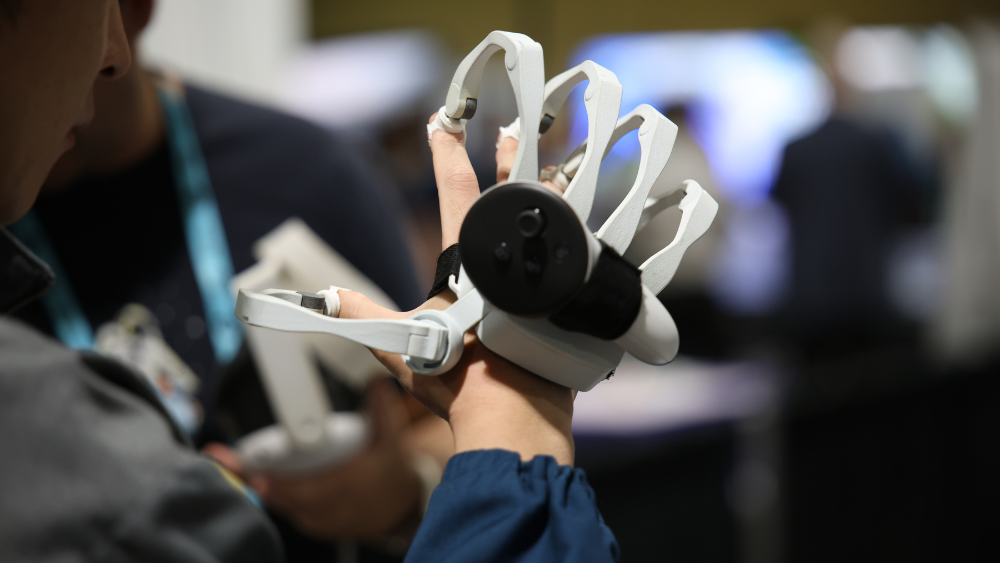Welcome back to AWE Talks, our series that plucks the greatest hits from the vast AWE conference archive. We still have a treasure trove of untapped session footage from AWE USA 2021 to draw upon. And 2022's show will already be here next week.
For this week's talk, we spotlight takeaways from a panel of 3D modeling experts. What are best practices in creating, managing, and scaling 3D models for AR commerce? How should production workflows be optimized? Top practitioners break it down.
See the full video below along with quick-hit takeaways...
– 3D and AR product visualization has been established as a shopping tool to boost buyer confidence.
– But it's easier said than done to execute these consumer-facing tools, including 3D asset workflows.
– One challenge is mimicking real-world physics, such as fitting the contours of various body types.
– Challenges escalate when brands or retailers have extensive product libraries and variants.
– Further down-market, small businesses (SMBs) face additional challenges like budget and savvy.
– According to Shopify, SMBs want to know two things: clear ROI and where to start.
– For the latter, it's all about having and creating the proper 3D assets for AR visualization.
– Barriers continue to lower for 3D asset creation, such as Apple's Object Capture.
– But we still have a ways to go in the end-to-end workflow before it's completely "democratized."
– Meanwhile, an ROI selling point for all business segments should be the potential cost savings.
– When compared with product photography (standard in eCommerce), 3D scans are actually cheaper.
– That cost differentiation is due to the requirements of product photography, such as shipping items.
– 3D models also allow optionality, such as one base model that can be altered for product variants.
– Add it all up and it will soon be a competitive disadvantage for eTailers to not offer 3D models.
– But what are the tactics that enabling-tech players should keep in mind when selling their software?
– For one, retailers and brands want subscription pricing as opposed to "nickel & dime" variable rates.
– This can be a good thing as it offers providers the advantages and recurring revenue of SaaS.
– According to CG Trader, it's also important to streamline processes through automation.
– Eliminate as much manual work as possible in workflows, which can add up with large projects.
– At the same time, some processes still need to be manual, such as quality control in 3D models.
– There's also a sliding scale of model quality (high poly) and cross-platform performance (low-poly).
– This challenge is amplified by platform fragmentation and varying workflows across eCommerce sites.
– Generally, it's prudent to start with high-poly counts as a baseline... then optimize down accordingly.
For this week's talk, we spotlight takeaways from a panel of 3D modeling experts. What are best practices in creating, managing, and scaling 3D models for AR commerce? How should production workflows be optimized? Top practitioners break it down.
See the full video below along with quick-hit takeaways...
– 3D and AR product visualization has been established as a shopping tool to boost buyer confidence.
– But it's easier said than done to execute these consumer-facing tools, including 3D asset workflows.
– One challenge is mimicking real-world physics, such as fitting the contours of various body types.
– Challenges escalate when brands or retailers have extensive product libraries and variants.
– Further down-market, small businesses (SMBs) face additional challenges like budget and savvy.
– According to Shopify, SMBs want to know two things: clear ROI and where to start.
– For the latter, it's all about having and creating the proper 3D assets for AR visualization.
– Barriers continue to lower for 3D asset creation, such as Apple's Object Capture.
– But we still have a ways to go in the end-to-end workflow before it's completely "democratized."
– Meanwhile, an ROI selling point for all business segments should be the potential cost savings.
– When compared with product photography (standard in eCommerce), 3D scans are actually cheaper.
– That cost differentiation is due to the requirements of product photography, such as shipping items.
– 3D models also allow optionality, such as one base model that can be altered for product variants.
– Add it all up and it will soon be a competitive disadvantage for eTailers to not offer 3D models.
– But what are the tactics that enabling-tech players should keep in mind when selling their software?
– For one, retailers and brands want subscription pricing as opposed to "nickel & dime" variable rates.
– This can be a good thing as it offers providers the advantages and recurring revenue of SaaS.
– According to CG Trader, it's also important to streamline processes through automation.
– Eliminate as much manual work as possible in workflows, which can add up with large projects.
– At the same time, some processes still need to be manual, such as quality control in 3D models.
– There's also a sliding scale of model quality (high poly) and cross-platform performance (low-poly).
– This challenge is amplified by platform fragmentation and varying workflows across eCommerce sites.
– Generally, it's prudent to start with high-poly counts as a baseline... then optimize down accordingly.
Check out the full video below with commentary and case studies from the panel...
 Want more XR insights and multimedia? ARtillery Intelligence offers an indexed and searchable library of XR intelligence known as ARtillery Pro. See more here.
Want more XR insights and multimedia? ARtillery Intelligence offers an indexed and searchable library of XR intelligence known as ARtillery Pro. See more here.
 Want more XR insights and multimedia? ARtillery Intelligence offers an indexed and searchable library of XR intelligence known as ARtillery Pro. See more here.
Want more XR insights and multimedia? ARtillery Intelligence offers an indexed and searchable library of XR intelligence known as ARtillery Pro. See more here.



